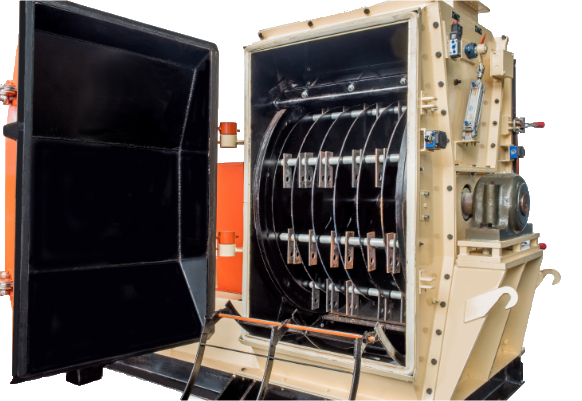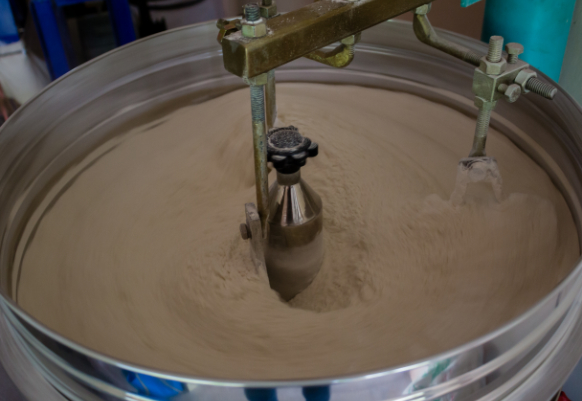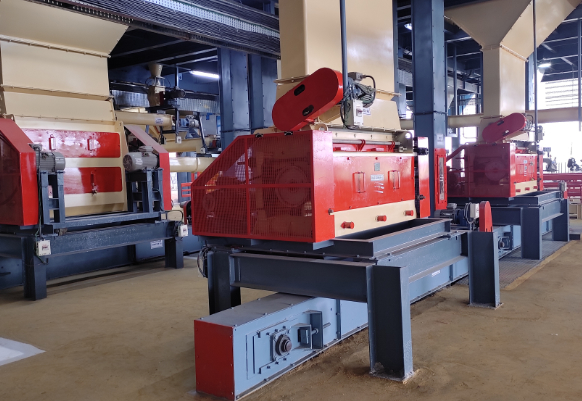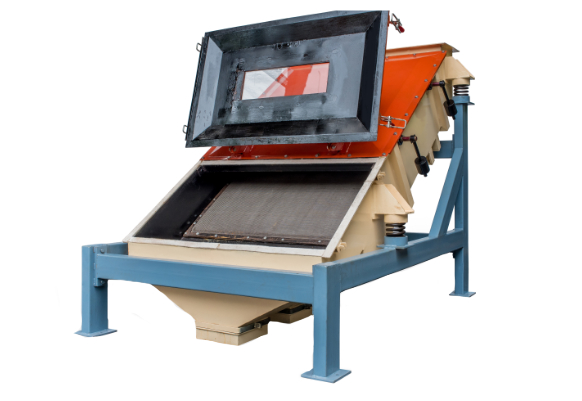
FISH FEED MACHINE MANUFACTURER
01
RAW MATERIAL RECEIVING AND CLEANING
At our facility, we carefully select the ingredients for our fish feed formulation, including straw meal, soybean cake, peanut cake, corn protein powder, rice bran, wheat bran, minerals, vitamins, lecithin oil, fish oil and fish meal. Each ingredient is chosen based on the specific requirements of fish nutrition.

02
INTAKE & CLEANING
Raw materials are received and deposited into a dumping hopper, following batch size and formulation. In our auto batching plant, these materials are stored in separate bins and weighed in a formulation-based weigh hopper using bin dischargers. To ensure purity, batches undergo magnetization for ferrous impurities and a jute twine remover for elimination of jute and plastic strings.

03
FIRST MIXING AND GRINDING
After the initial batching, the feed undergoes the first mixing process to achieve homogeneity. No oil is added at this stage. Subsequently, the feed is processed through a grinder to reduce the particles to a fine powder with a size of 700-900 microns.

04
PULVERIZING AND SECOND MIXING
Following the first grinding, the batch is pulverized to a fine talcum powder-like consistency, specifically for starter feed for fish. After pulverization, the batch is mixed in a double shaft paddle mixer, where the oils are added according to the formulation.

05
CONDITIONING, EXTRUSION, SHAPING
In the pelletizing section, we utilize wet steam to condition the material, enhancing the pellet quality and the operating characteristics of the extruder. The extruder consists of a stationary barrel housing with segmented screws and shear locks, which rotate to perform the extrusion operation. Depending on the application, we employ either a single screw or twin-screw extruder.

06
DRYING
Once the product leaves the extrusion system, a drying step is essential to remove excess water and restore the product to a shelf-stable moisture condition. We recommend using a cross-flow dryer for drying wet extrudates, as it facilitates the exchange of moisture and heat with a perpendicular airflow.

07
VACUUM COATING & COOLING
If necessary, we can externally add liquid fats, flavors and vitamins to the extruded feeds after drying. Coating the extruded feed in a post-liquid application helps preserve heat-sensitive ingredients, improves palatability and reduces the generation of powder. After coating, the extruded fish feed is cooled as required.

08
SCREENING & PACKAGING
Pellets and crumbs are screened with a vibratory sieve to ensure accurate size. Screened product is stored in a bagging bin, weighed and then meticulously packaged for distribution. Cremach produces cutting-edge fish feed machinery for optimum livestock nutrition and performance. Through advanced equipment and quality assurance, we provide optimal feed, supporting healthy growth and development of aquaculture fish.




 Copyright Cremach Pvt Ltd. 2023. All
Rights Reserved.
Copyright Cremach Pvt Ltd. 2023. All
Rights Reserved.
